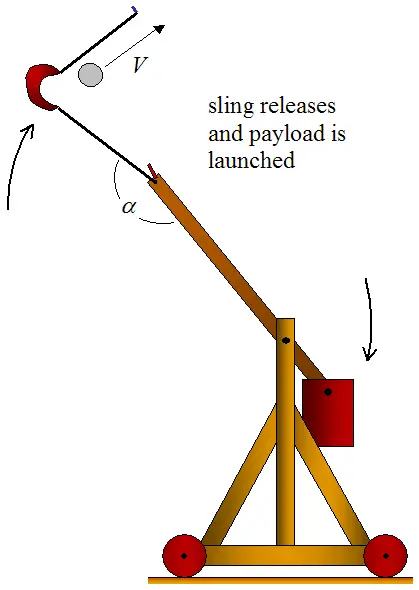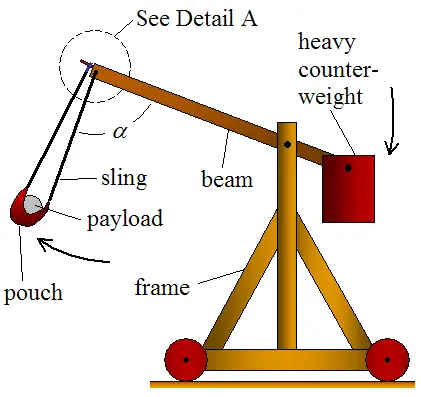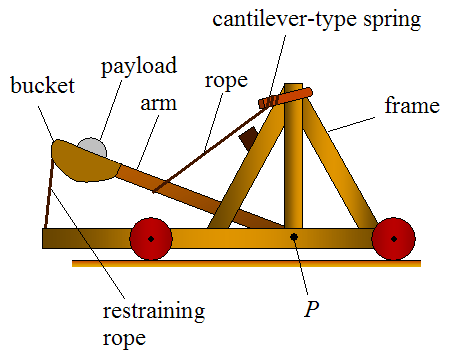
One use of robots is in education. For example, my brother's high school recently bought a new robot called "Projo". This robot is used in the robotics class at Randolph High School where it is used as a teacher and a robot that students program during class. There, they program it to do certain actions such as walk, talk, move around, and act like a human. In this particular high school, it is used more like a helpful tool to help the students learn more about programming and robotics. However, in other schools around the world, this robot is used as a teacher for younger students. But, they aren't replacing teachers or teaching a whole class, but rather the kids take turns spending time with the robot as an experiment to see how it effects them. Also, the robot is programmed to mimic human actions. In fact, Sophia Hollander from Wall Street Journal states, " the robots are programmed to... swiveling their heads when students speak, crying out when overeager kids get physical, and gesturing as they talk." This shows how these robots mimic certain actions to act more human like to help the students learn. All in all, robots are very useful in our everyday lives and they are very versatile.





